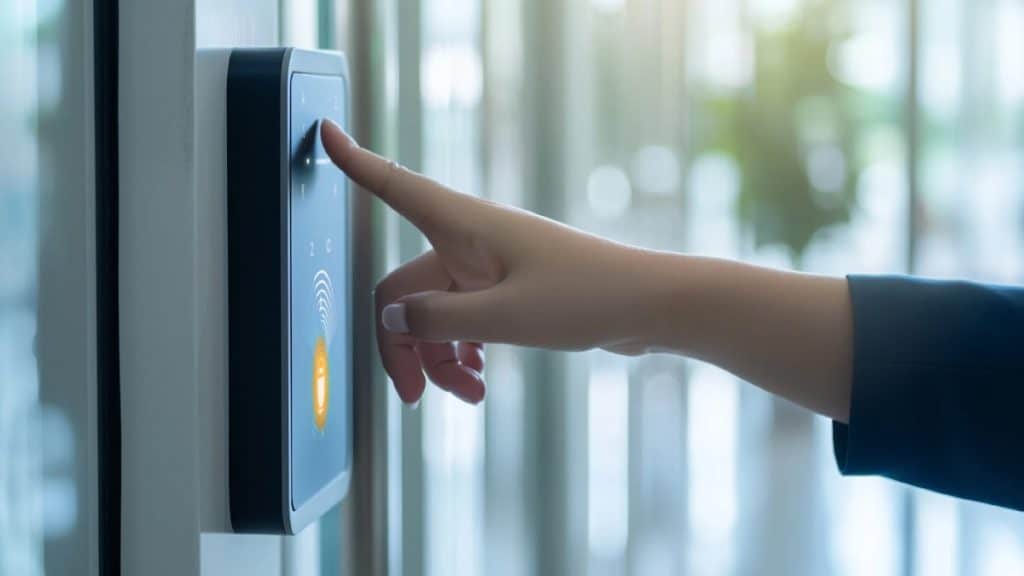In an increasingly interconnected and digital world, securing sensitive spaces, data, and assets has become a top priority for organizations and individuals alike. Effective security relies heavily on controlling access to sensitive areas and resources. Access control systems are a vital component in achieving this objective, as they regulate and closely monitor who is permitted to enter a specific location or access designated resources. These systems combine technology, policies, and procedures to provide a seamless and secure way of managing access. This article explores the purpose, components, types, and benefits of access control systems in modern security solutions. At its core, an access control system typically consists of three main components:
What Is an Access Control System?
An access control system is a security mechanism designed to grant or restrict access to physical or digital spaces based on pre-established permissions. It ensures that only authorized individuals can enter a building, room, or area, or access sensitive information, files, or systems. These systems are widely used in various environments, including corporate offices, residential complexes, healthcare facilities, educational institutions, and government agencies. Access control systems can be as simple as mechanical locks and keys or as sophisticated as biometric authentication integrated with advanced software.
Key Components of Access Control Systems
Authentication Devices
These devices verify the identity of individuals attempting to gain access. Common examples include keypads, card readers, biometric scanners (fingerprint, facial recognition, or iris scanning), and mobile apps.
Access Credentials
Credentials are the means by which individuals are identified within the system. These can include physical keys, keycards, PIN codes, biometric data, or digital tokens.
Control Panels
The control panel serves as the system’s brain, processing authentication data and determining whether access should be granted or denied.
Locks and Barriers
Electronic locks, turnstiles, or gates physically secure the area and are activated or deactivated based on access permissions.
Software and Database
Access control software allows administrators to configure user permissions, monitor activity logs, and generate reports. The database stores user credentials and access records for audit and analysis.
Types of Access Control Systems
Discretionary Access Control (DAC)
In a DAC system, the owner of a resource determines who can access it. This type of system is flexible but can be less secure because permissions are often granted on a case-by-case basis.
Mandatory Access Control (MAC)
MAC systems are typically used in high-security environments. Access permissions are strictly defined and enforced by a central authority, leaving no room for individual discretion.
Role-Based Access Control (RBAC)
In RBAC systems, access is granted based on a user’s role within an organization. For example, an HR employee may have access to personnel files, while an IT technician may access server rooms.
Biometric Access Control
These systems use unique physical characteristics, such as fingerprints or facial features, to authenticate users. They offer high security and convenience.
Benefits of Access Control Systems
Enhanced Security
By restricting access to authorized personnel, these systems reduce the risk of theft, vandalism, and unauthorized entry.
Scalability and Flexibility
Modern access control systems can easily scale with the growth of an organization, allowing administrators to add or remove users and adjust permissions as needed.
Audit and Accountability
Access control systems maintain logs of all access attempts, providing a detailed record of who entered specific areas and when. This is useful for audits and investigations.
Challenges and Future Trends
While access control systems offer significant advantages, they are not without challenges. Cybersecurity threats, system failures, and privacy concerns are some of the issues that organizations must address. To stay ahead of potential risks, developers are incorporating artificial intelligence (AI) and machine learning into access control systems, enabling predictive analytics and adaptive security measures.
